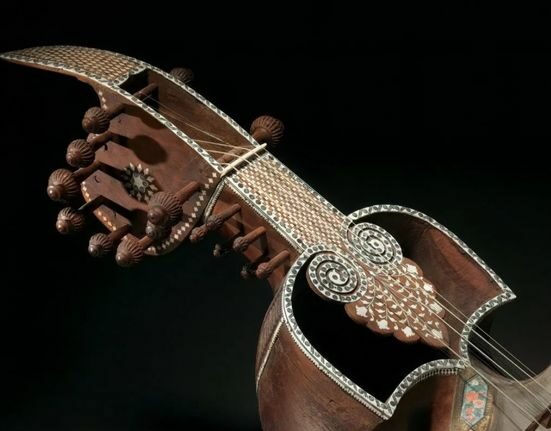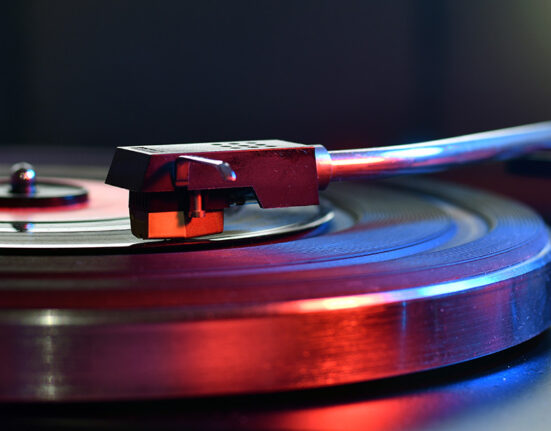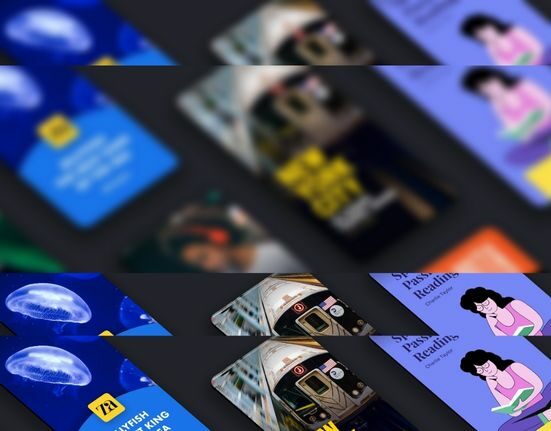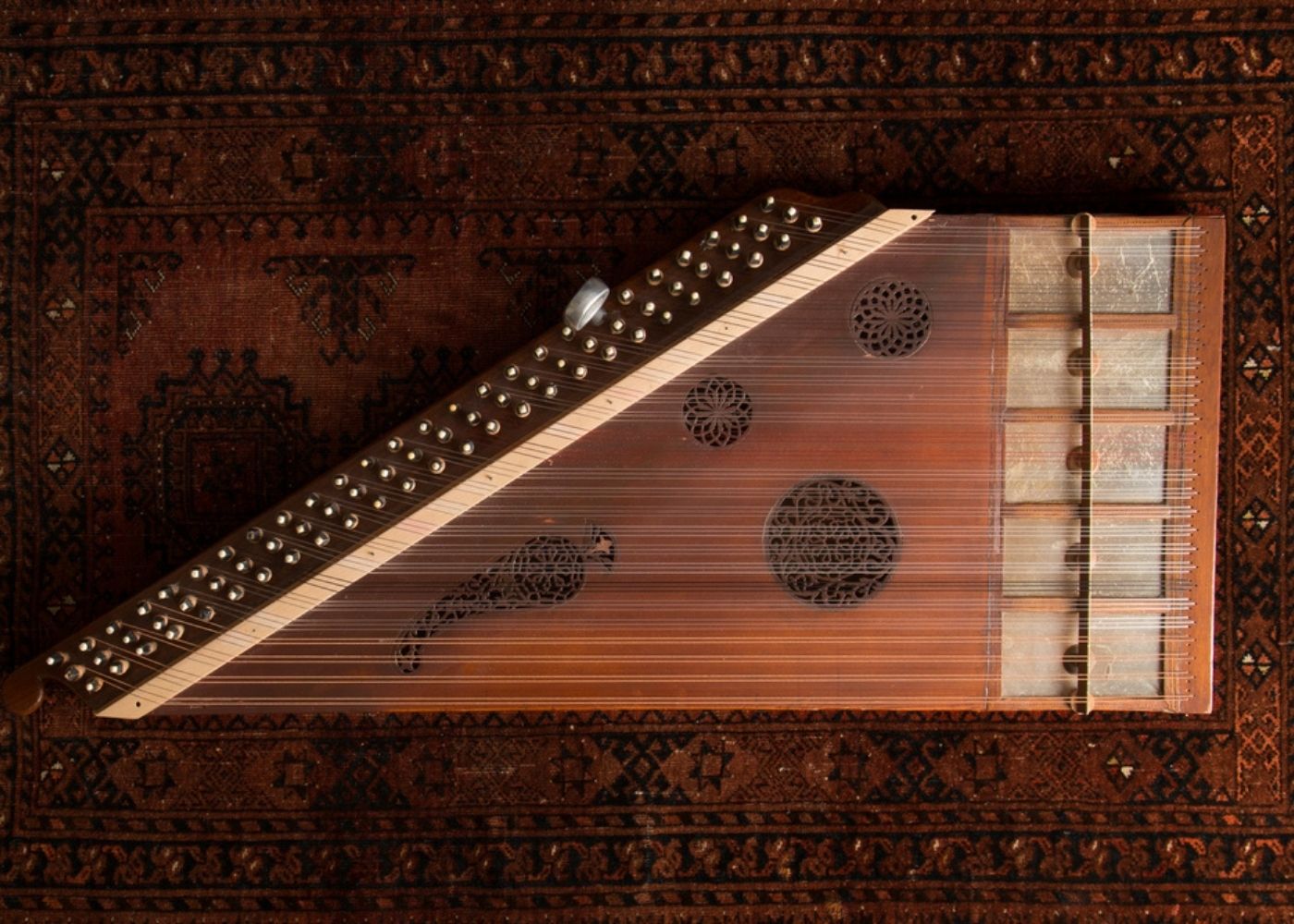Believed to be one of the most accurate and precise instruments ever designed, the Qanun (Kanun) is a super-versatile and an exceptional instrument par-excellence, a highly adaptive instrument that you get to see in Mid-East countries, North and West Africa and parts of Europe. Find out everything about how it is made, it’s playing techniques, global players and it’s ever growing global scene. Read to find out.
Yash Warrier | Founder, BeatCurry
The Qanun comes with endless possibilities to explore. It follows the Makam Music system, where every tone is divided into four-quarter notes in the Arabic system, while the Turkish system has twelve distinct notes within a tone! That’s 12 notes between, say, C and D. That’s like having 12 distinct notes between two consecutive white notes of the piano. Isn’t that fascinating? The depth of the enormous possibilities this system offers for anyone to explore in this already vast journey of music. It’s even more fascinating to hear vocalists being able to distinguish these notes super clearly.
Qanun is one of the main instruments in any traditional middle-eastern ensemble, also used as a reference by other musicians for tuning purposes and an equivalent to that of the Piano as per the early Arabic theory. Structurally, it’s a 78-string instrument-3 sections of 26 strings each (some even have 81 strings), in the form of a solid trapezoid, kept on the lap or a table while playing by plucking the strings with shell picks. The strings are stretched over a bridge supported on fish skin and are attached to wooden tuning pegs. The most interesting part, the mandals (levers) that bring about those subdivisions within a tone.
Speaking with one of the renowned Qanun players from Palestine, Firas Zreik, we had the chance to learn more about the Qanun. “Back in 2006, when I started playing the Qanun, it was a huge task for him to find teachers who’d teach the Qanun, in a country, back then, that only had about 7-8 players, which has tripled or so in today’s time.” said Firas. He spoke about how maestros, like his teachers, were among the very few pioneers responsible for inspiring an entire generation of Qanun players, which thus, has a lot to do with ‘institutionalizing’ the Qanun studies in more music universities and colleges, so that there are professional players teaching young and aspiring Qanun players globally.
Even though it may be a lesser known instrument in some parts of the world, there are countries like Armenia with the most happening Qanun music scene, where women and young children take part in playing it, and in most cases would be a very usual thing to find 30-40 Qanun artists sitting in a row and playing in an ensemble performance, and it’s thus a growing space for musician to be a part of, and carry forward this beautiful tradition.
Watch the full conversation with Firas Zreik on the BeatCurry Podcast
Cover Photograph Courtesy: George Dimitri Sawa
If you’d like to know about the unique and versatile forms and flavours of music,
Log on to www.beatcurry.com, subscribe and never miss another update from us.







